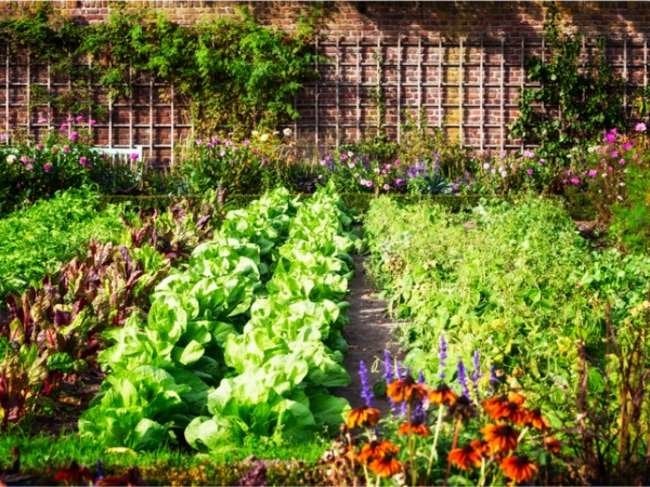

We may earn revenue from the products available on this page and participate in affiliate programs. Learn More ›
Home Advice You Can Trust
Tips, tricks & ideas for a better home and yard, delivered to your inbox daily.
Lessons Learned
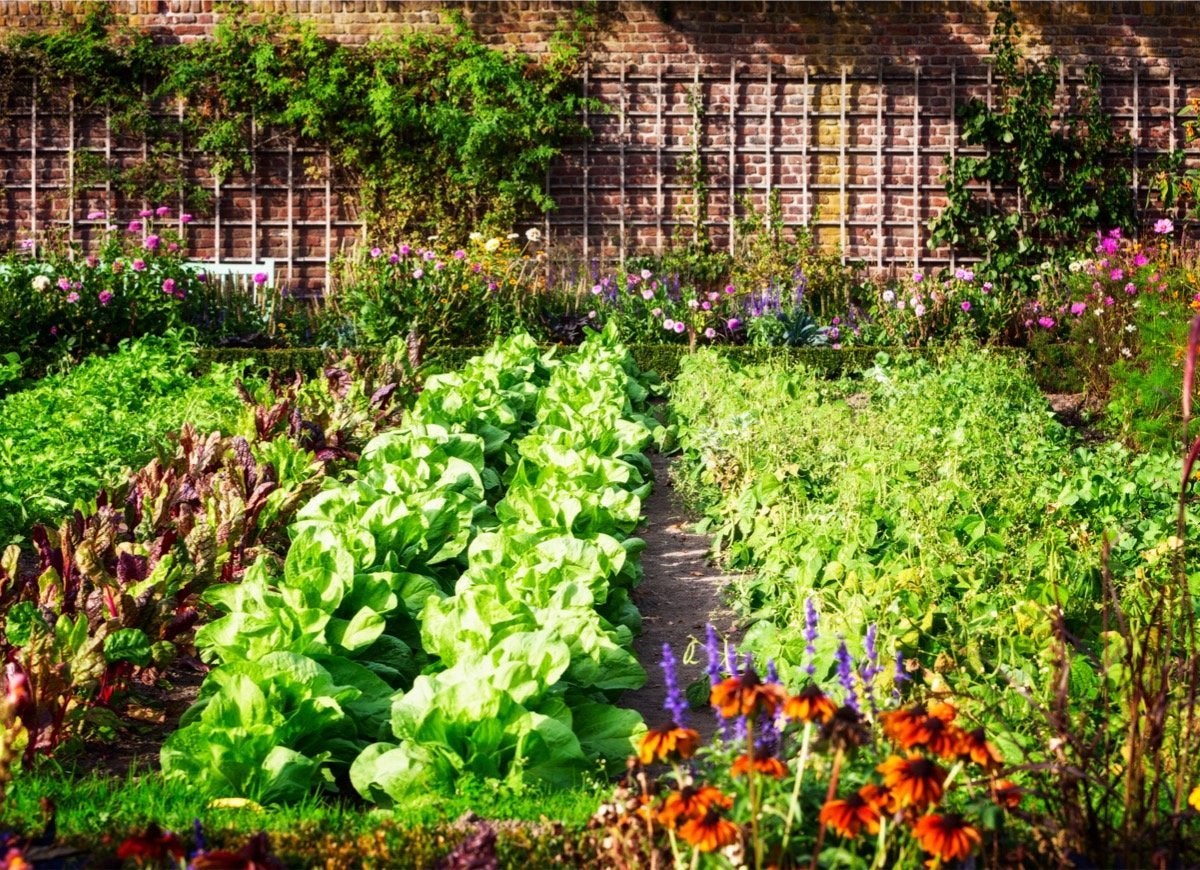
When it comes to maintaining a gorgeous garden, everyone starts somewhere—and it’s often as a newbie that you’ll learn the most significant lessons. From seeds that don’t germinate, to tomatoes that never bear fruit, gardening often plays out like a whodunnit that’s up to you to solve. Here’s what some of the best gardeners had to say about the lightbulb moments that upped their garden game.
Potting Soil is Not Enough
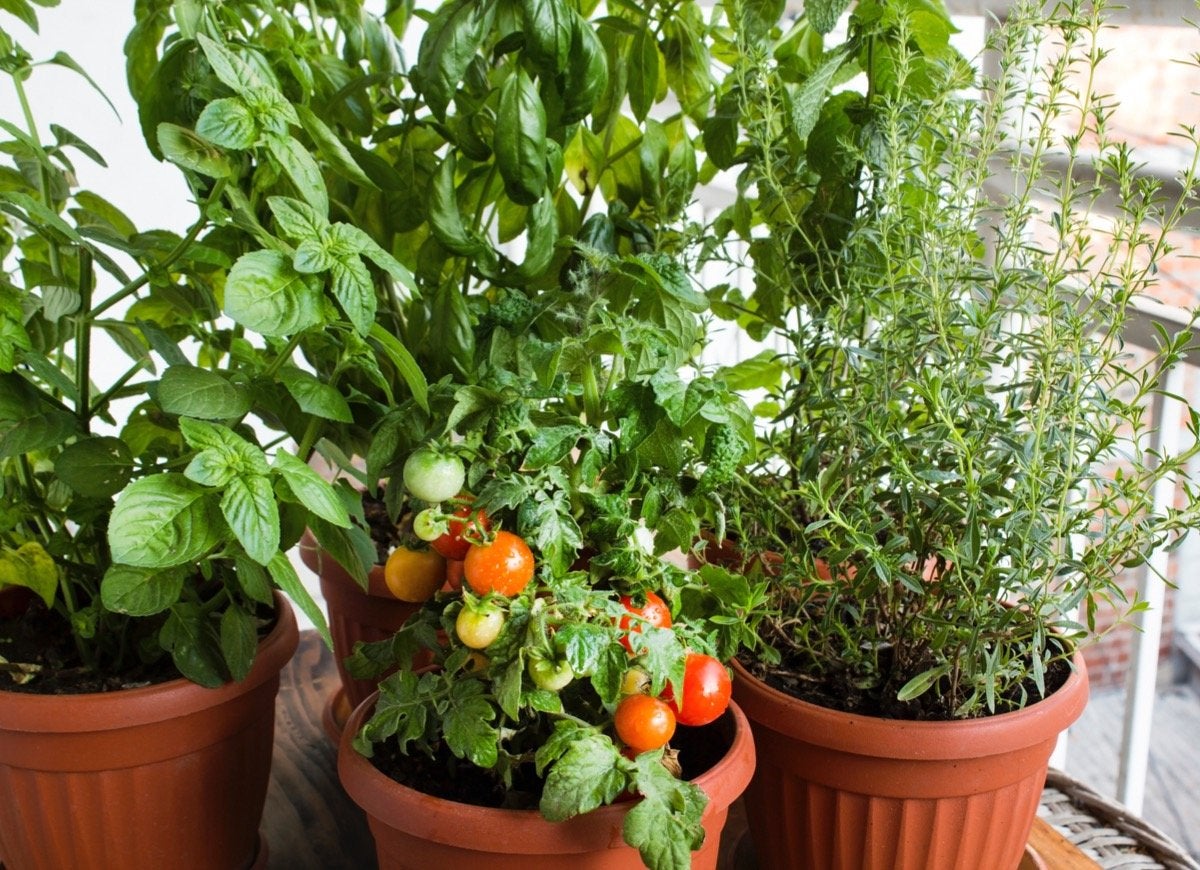
Auyanna McBride of Southern Entertaining has seen the world with her now-retired military husband, but her upbringing in Georgia, and the balmy 8b planting zone there, didn’t prepare her for gardening in other climes. When the couple was sent to Germany, McBride quickly learned about the change of seasons, resorting to container gardening on her apartment balcony to grow whatever she could. “I thought potting soil was all I needed, but then the plants started looking weak and leggy,” she explained. “Once I figured out they needed slow release fertilizer too, I saw a huge difference.”
Soil Tests Are Essential
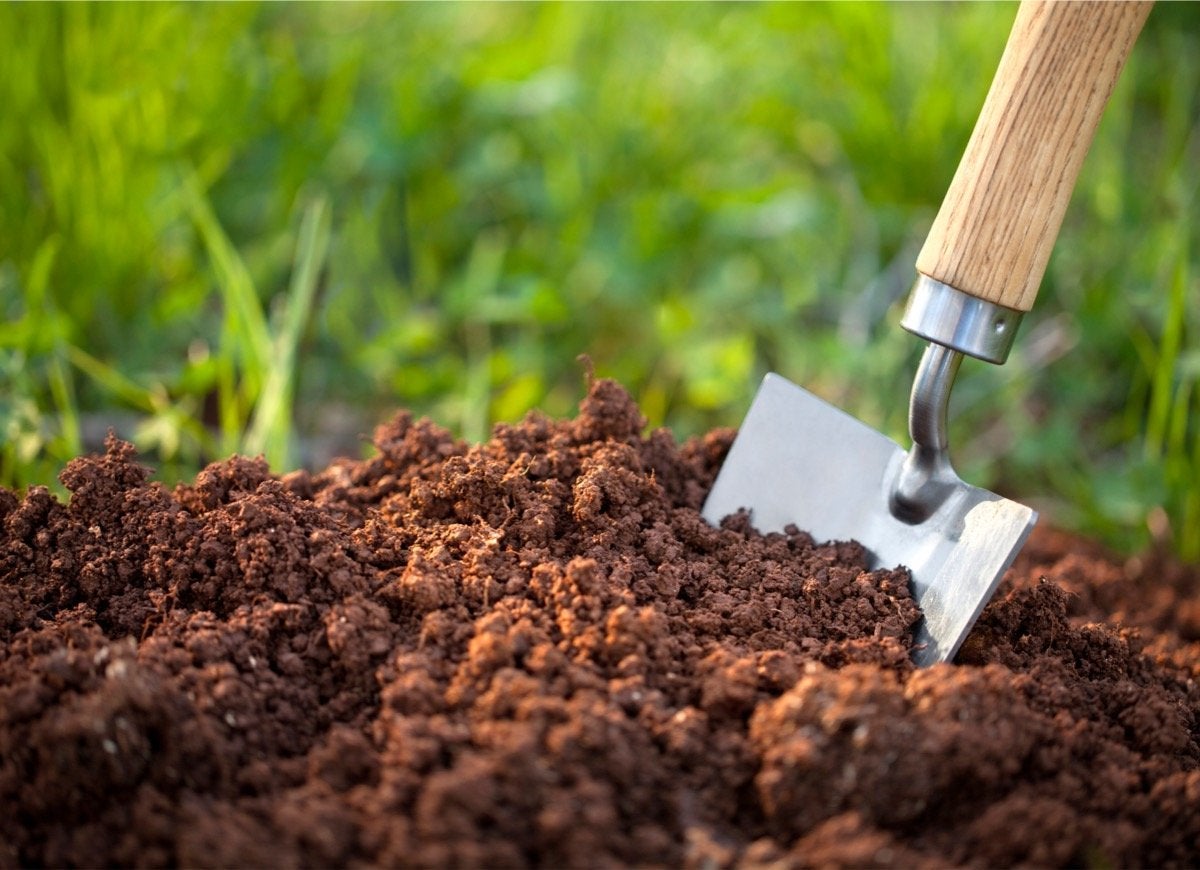
For author, gardener, and Food Network star Trace Barnett, starting a garden without a soil test is pointless. He knows that now of course, but when he was just starting out and planting anything that struck his fancy, he admittedly took the soil in his Arkansas garden for granted. “I thought soil was soil,” he said. “But then I figured out the importance of soil amendments and a good sturdy planting foundation.” He takes what he calls “a this and that” approach to amending the soil yearly, adding a mix of decaying plant matter with a little help from his feathered friends. “I let the chickens pick and poop everywhere,” he said.
Lose the Fear
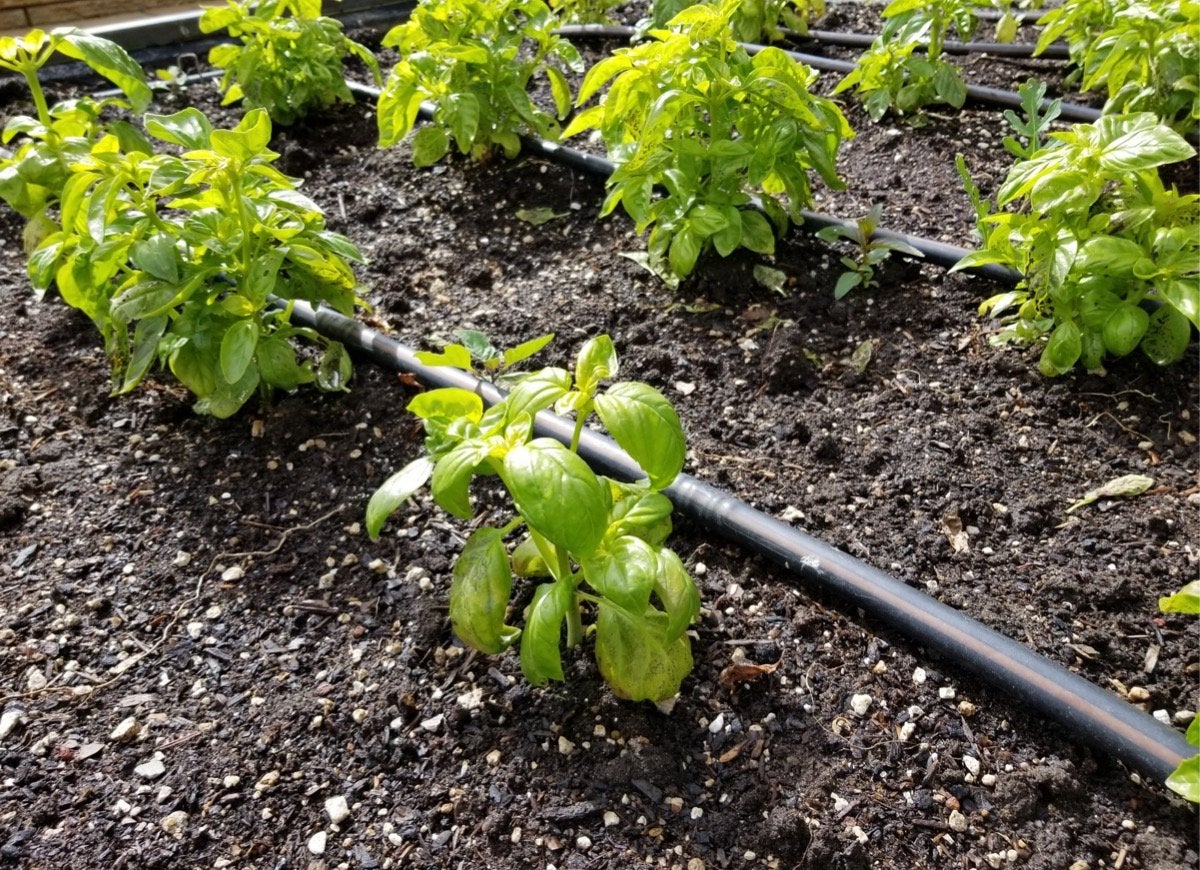
What Claudia Weekes, the Organized Homemaker, didn’t realize early on in her gardening journey was that failure is guaranteed. Every gardener kills something! That was the part that scared her most, and the garden reflected it in its perfect rows, typical tomatoes and peppers, and Claudia’s hesitant gardening style. Cautious perfection, fueled with plenty of fear of failure, slowed progress in her Georgia garden. “Once I realized I was free to try and experiment, my garden exploded,” she said. After years of experience and plenty of successes and failures, Weekes and her garden are thriving. The pomegranates, avocado, and olive trees are proof that she’s not afraid to try something new.
Observe, Then Act
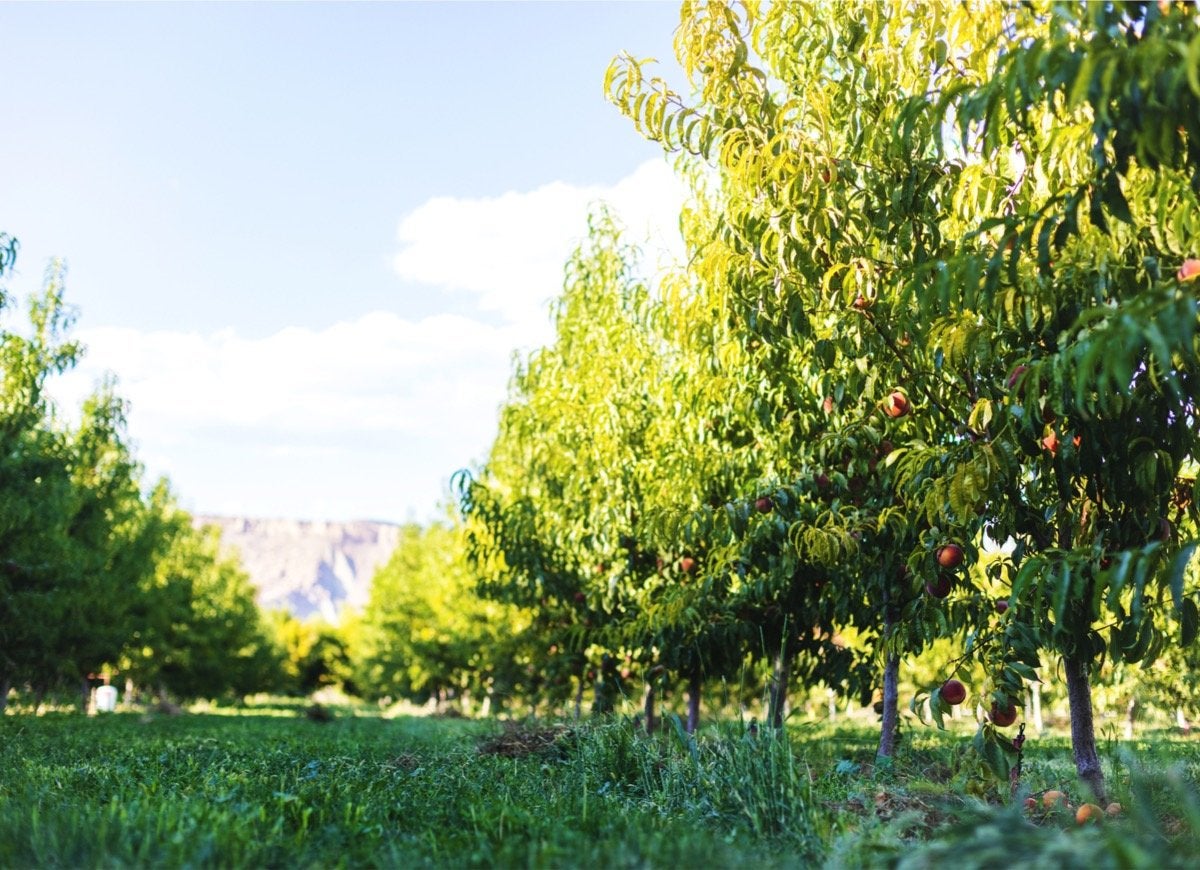
A garden takes planning and forethought, and due consideration must be paid to the amount of sunlight a garden bed receives. Anxious to get a garden started in his new home eight years ago, Big City Gardener Timothy Hammond forgot about sun exposure and planted a small sun-loving orchard of peach, plum, and nectarine trees around the north side of his Houston home. “I gave those trees years and years and years and nothing flowered,” he said. “Not one single flower.” According to Hammond, the only tree that grew was one closest to the east side of his home, where morning sun was more plentiful compared to the notoriously shaded north side. He admits he tried to do too much too soon before getting to know his new landscape and now focuses on sun exposure to help him choose the right plants for the right space.
Don't Rush
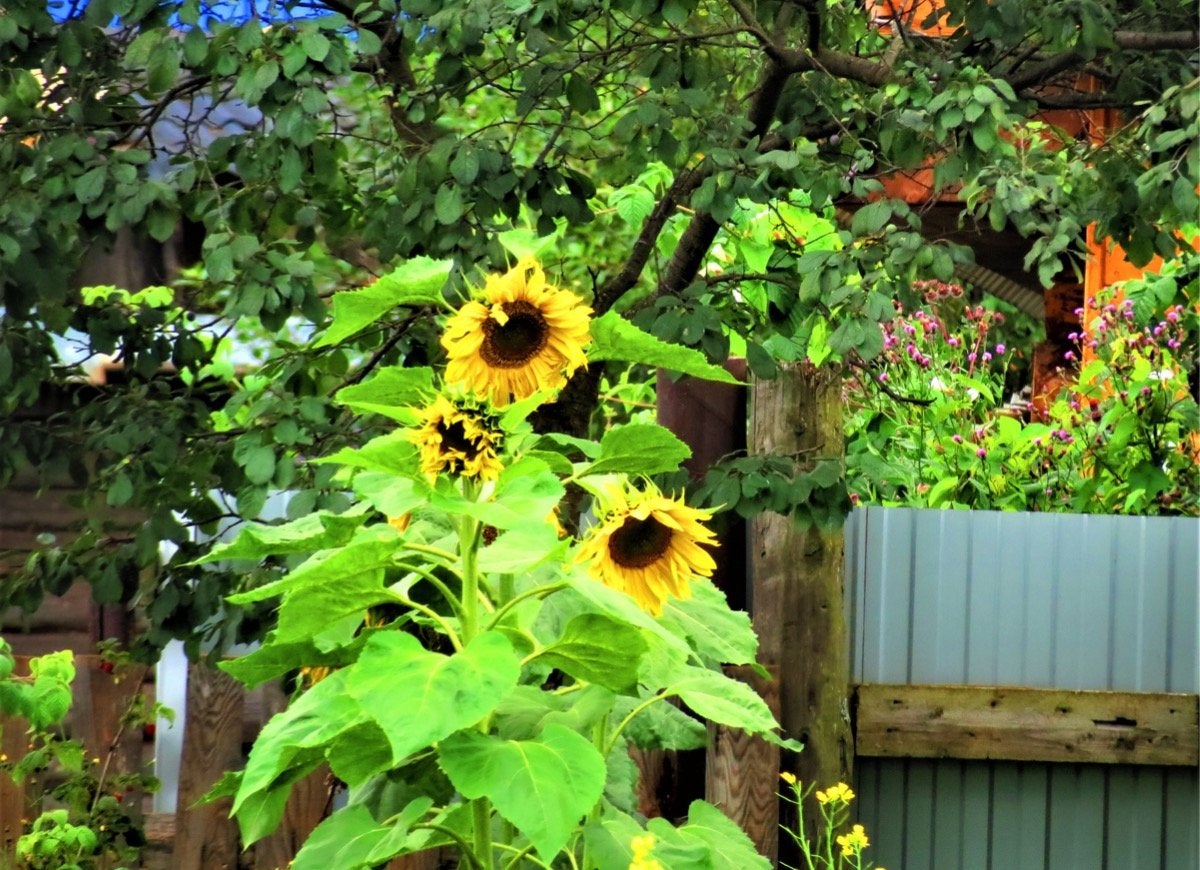
Most people don’t start out as gardeners, they grow into the role over the years. Perhaps it was a simple flower, a pack of seeds, or a tomato plant that piqued their interest, then through the early days of dabbling, they grow and dream of more garden possibilities. This was the case for Tanya Anderson, writer of the Lovely Greens blog where she shares garden and soap-making tips and tricks from her home on the Isle of Man. “A garden is not a task accomplished in a day or even a year,” she said. “It lives with you and can reflect the kind of person you are.” Anderson thinks of her garden as a living picture that changes with her, and as her knowledge and experience grow, so too does her garden.
Timing is Everything
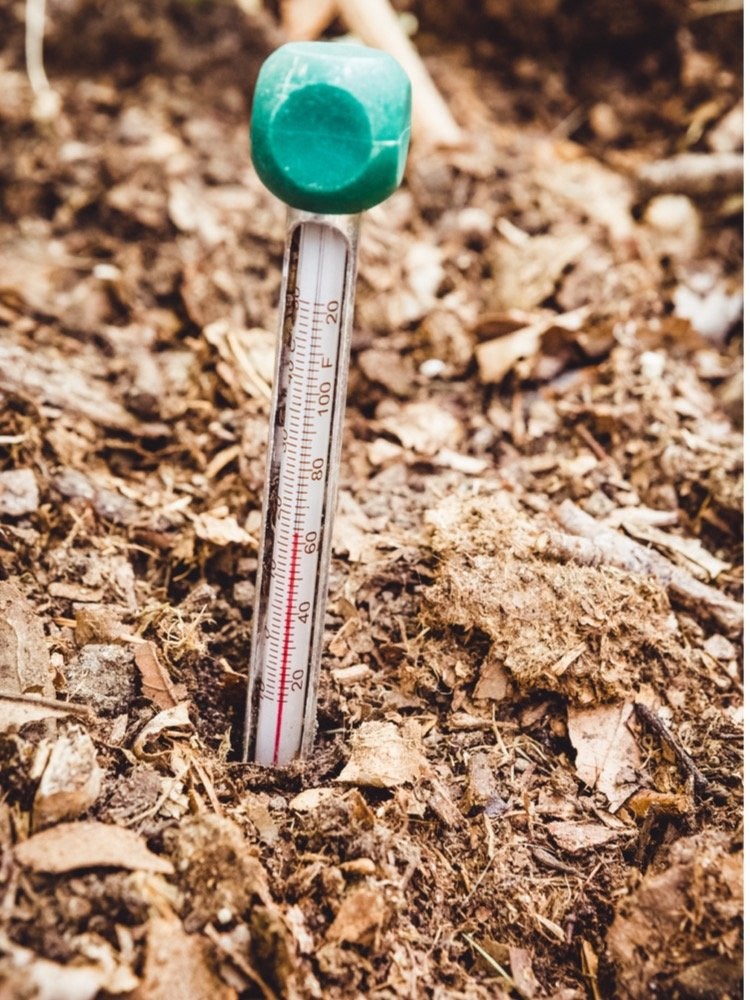
Unlike peas and leafy greens that can handle the cold spring temperatures, tomatoes and peppers planted at the same time are certain to fail. These warm season vegetables thrive in warm soil and lots of sunlight. It’s something Angela Judd, writer of the Growing in the Garden website, has learned in her Arizona garden. Every plant has certain growing requirements that if not met, result in poor flowering and fruit production. “Planting at the ideal time for your climate allows plants to grow and thrive in the best possible circumstances,” she said. She encourages new gardeners to invest in a planting guide specific to their area as well as a soil thermometer to help determine when soil has reached the optimal temperature for certain crops.
Compost is Key
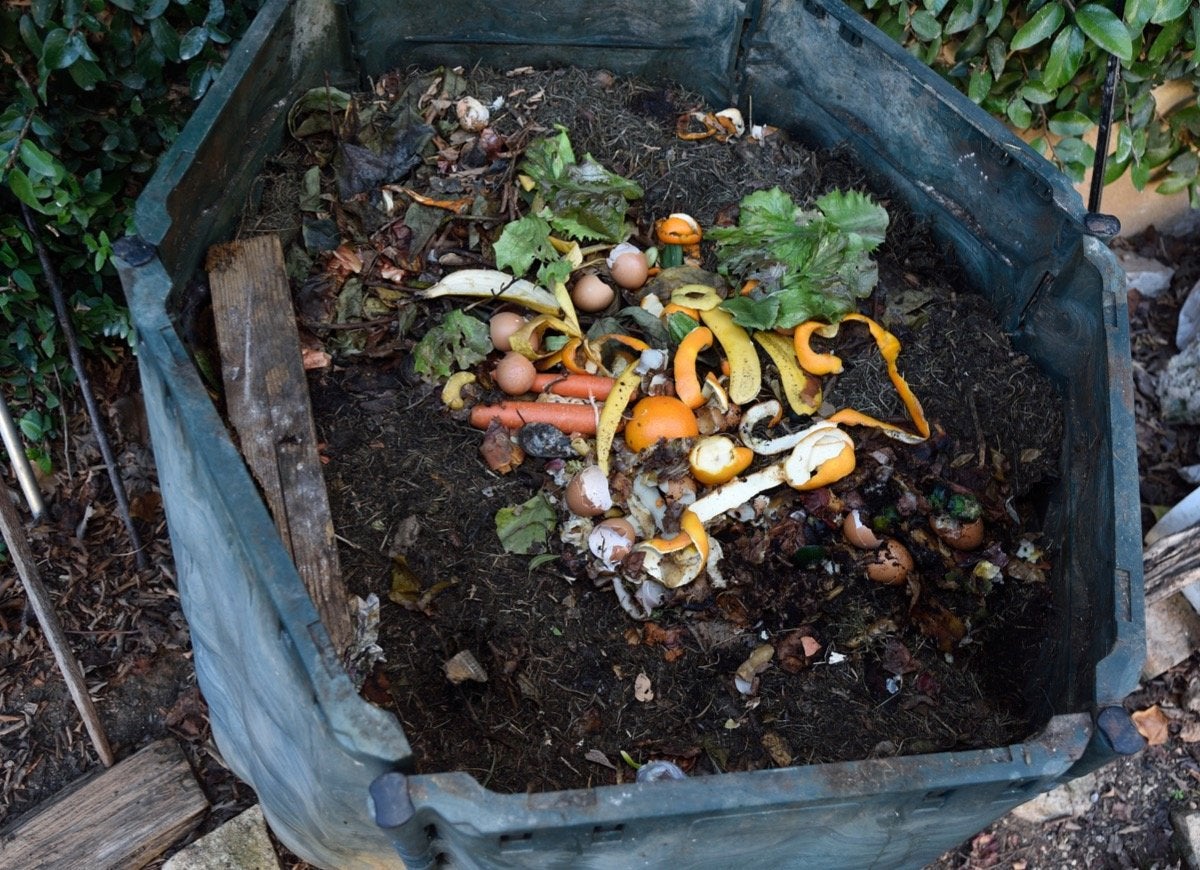
There’s a reason gardeners call compost black gold: it changes the structure of the soil. Compost helps sandy soil retain more water and nutrients, loosens the tightly bound particles of clay soil so roots can expand and water will drain, and balances pH in both alkaline and acidic soils so plants can thrive. Basically, compost is a garden game-changer. Mimi Scarlett, writer of the home and garden website Unlikely Martha, discovered this after several years of gardening in poor soil. Experimenting with various soil amendments like compost, worm castings, and a biweekly fertilizing schedule convinced her that careful attention to the soil in her suburban Atlanta garden is essential. “This year, I will finally start my own compost pile,” said Scarlett. “And I’m looking forward to an abundant fall harvest this year.”
Hobbies Become Obsessions
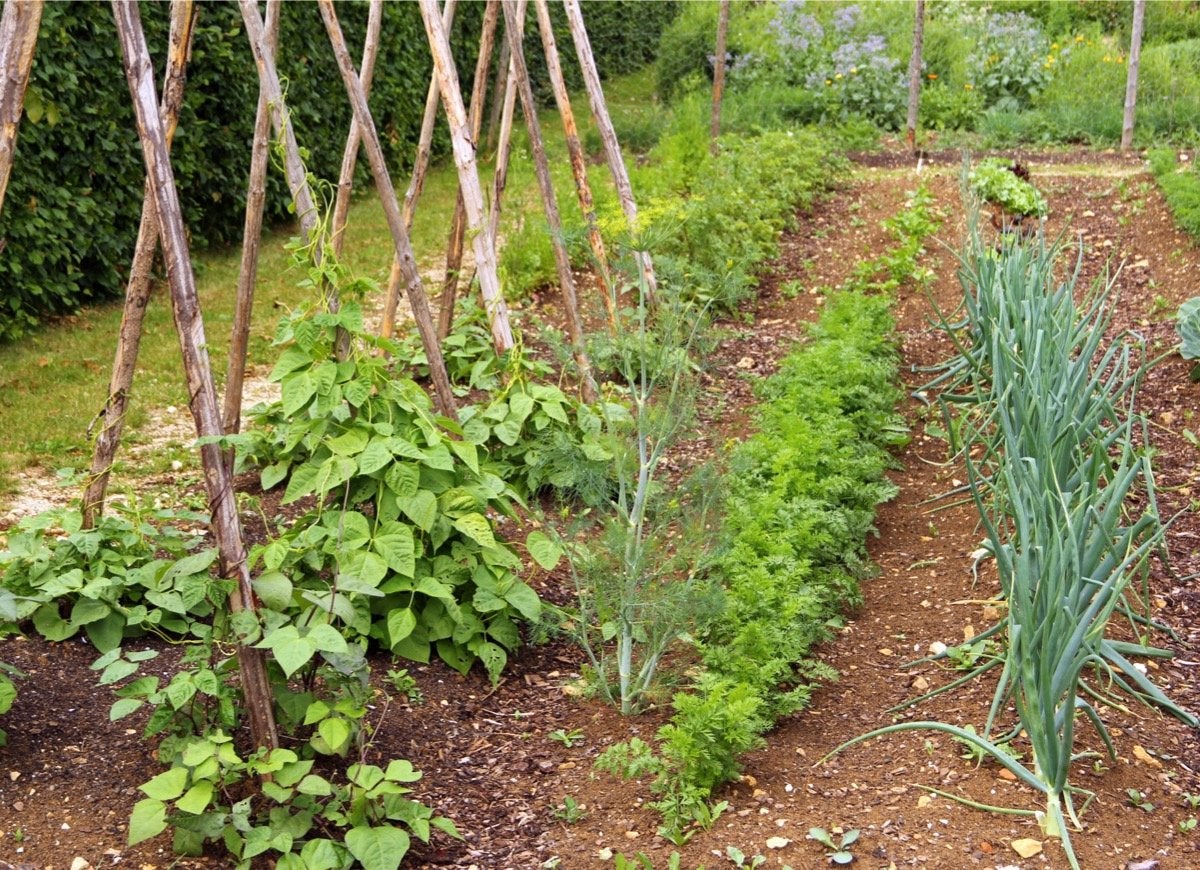
Ten years ago, Deanna T., creator of the home and garden website Homestead and Chill, gardened in a few small containers and modest raised beds as she moved and rented until finally settling along the central coast of California seven years ago. It was there that her “one-day dreams” materialized into a garden that consumes nearly every square inch of her yard, and includes a flock of chickens and a growing collection of fruit trees. “As soon as we became homeowners, working on the garden and yard became our favorite hobby and priority,” she said. “As we harvested more and more, we were totally hooked!” Now that she’s run out of space, the “one-day dreams” have returned and she’s saving for a larger property on which to farm and share her knowledge.
The Garden is Never Finished
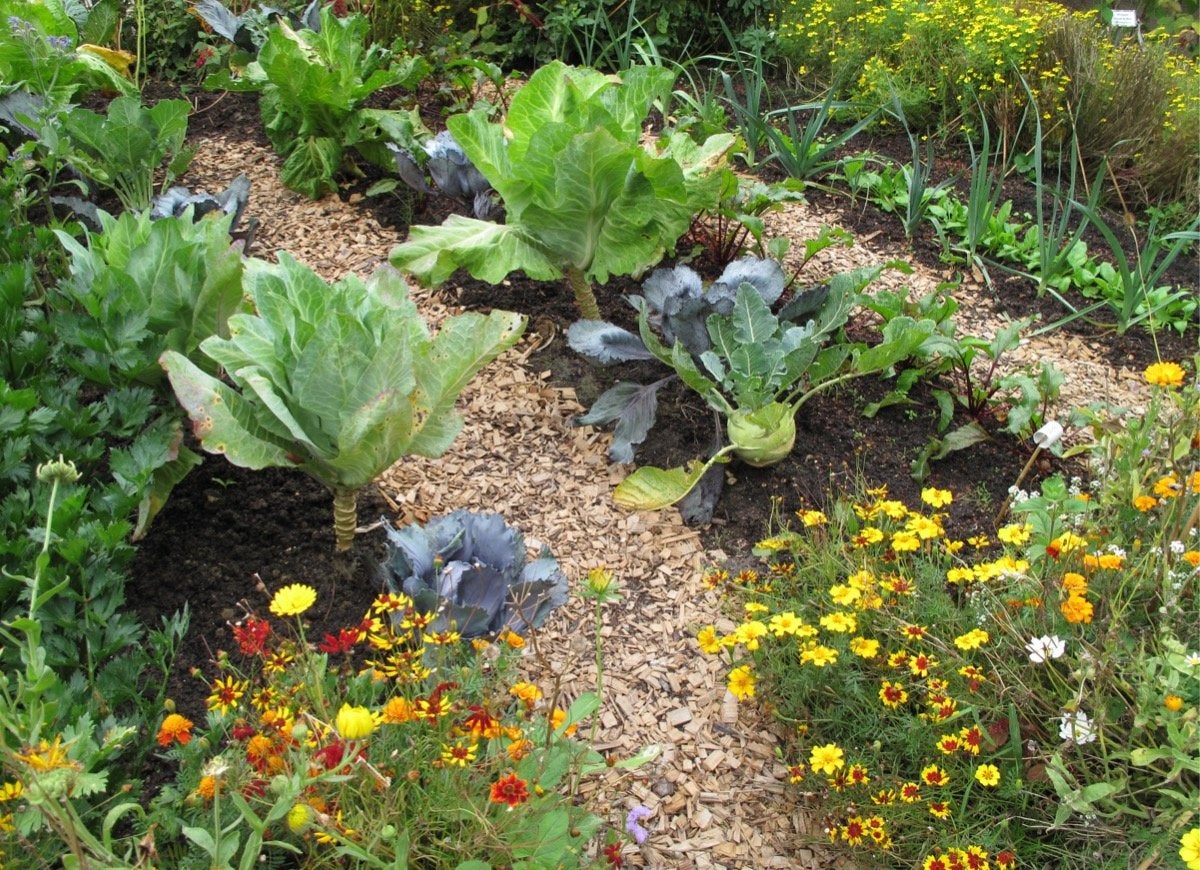
Like most beginners bitten by the gardening bug, self-proclaimed Impatient Gardener Erin Schanen thought she’d plant a bunch of lovely flowers, do a little watering and maintenance, and admire her finished work from the comfort of her lounge chair. In the garden world though, “finished” doesn’t exist. After many years of digging, planting, transplanting, and falling in and out of love with various plants in her Wisconsin garden, she understands the evolution of the garden and the gardener. “Gardening is a process, there is no finish line,” she said. “The journey is the reward.” The revelation has allowed her to accept when things don’t grow as perfectly as she might have imagined. The result is a guilt-free gardener and a gorgeous garden.
Bend the Rules
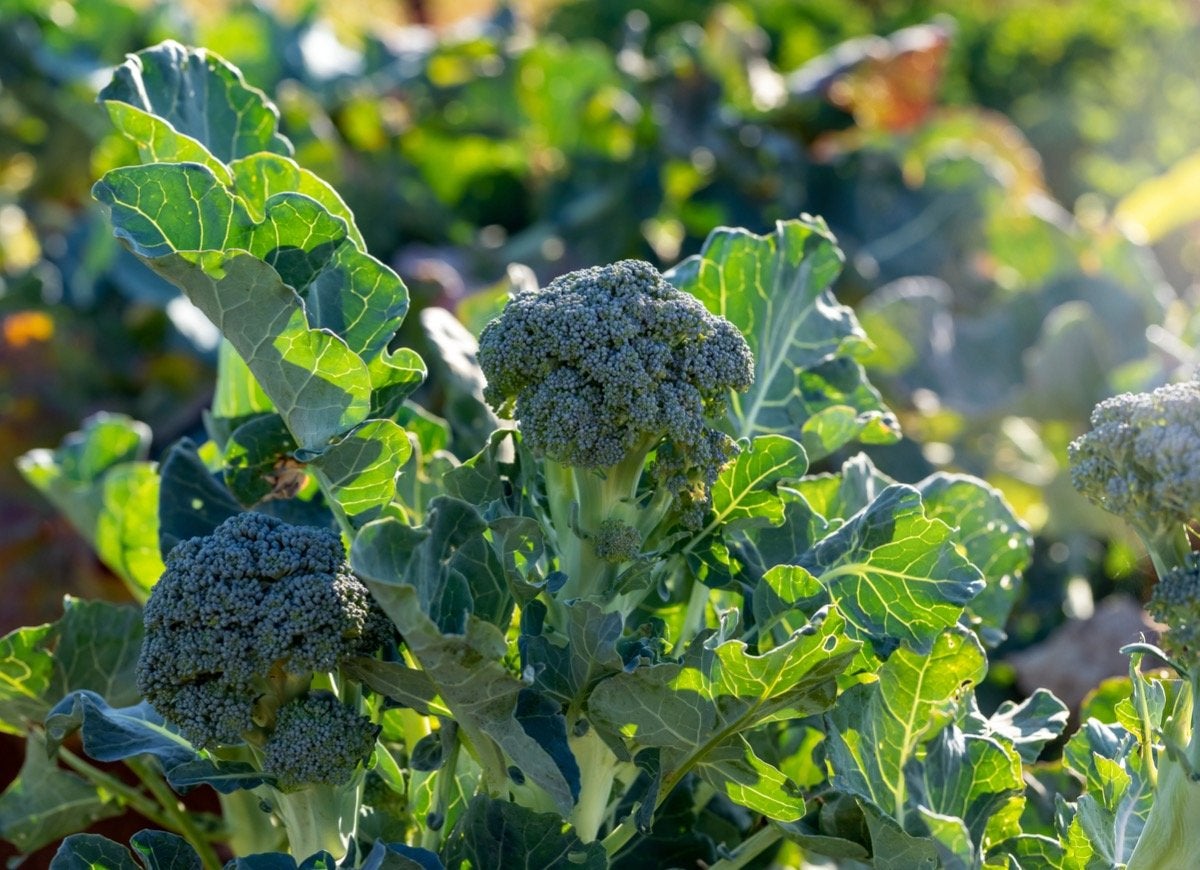
According to Kyle Hagerty, some things take a little longer than others to learn. Take seed packets. To the beginner, the instructions seem rigid—but the reality is the steps printed on the label are recommendations, not hard-and-fast rules. “If you don’t plant it in full sun, it doesn’t mean the plant is going to die. It just means that it may not fruit as much as if it was planted in full sun,” said Hagerty, whose Urban Farmstead website and YouTube channel are geared to helping gardeners of all skill levels get the most out of their spaces. It took him several years of trial and error in his Sacramento garden to understand that it’s okay to bend the rules a bit to suit your growing conditions. “Stretch the rules, see what works for you.”

Meet the 2025 Tools of the Year
After months of scouring the market and putting products through their paces, we’ve named the best of the best in new tools. There’s something for everyone, from veteran pros to average Joes.